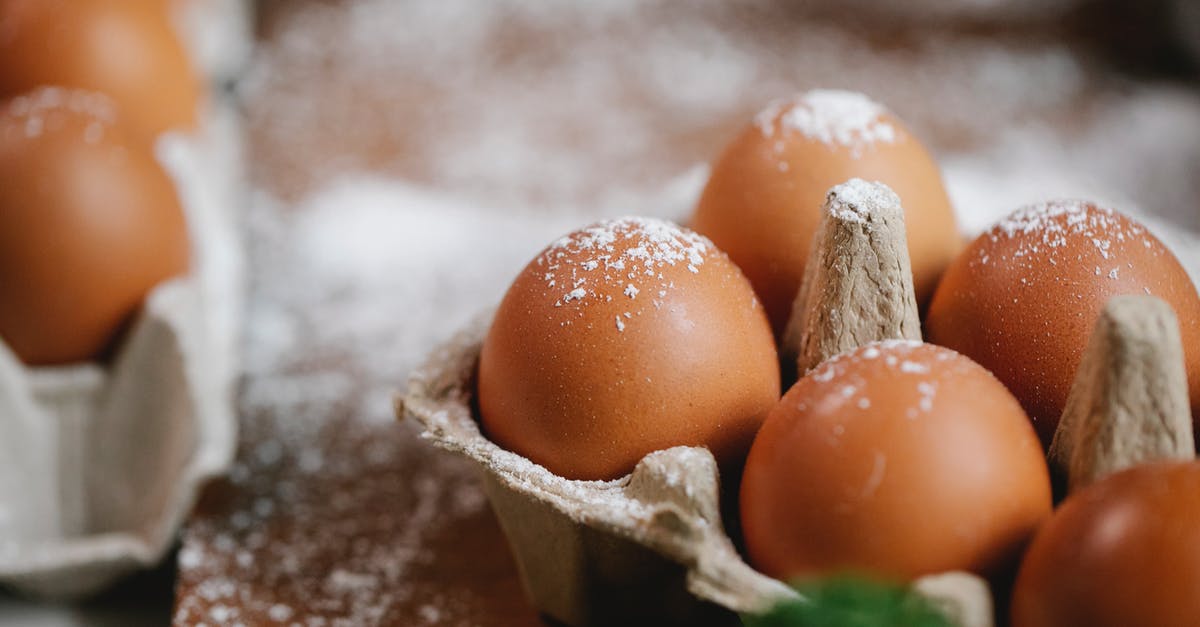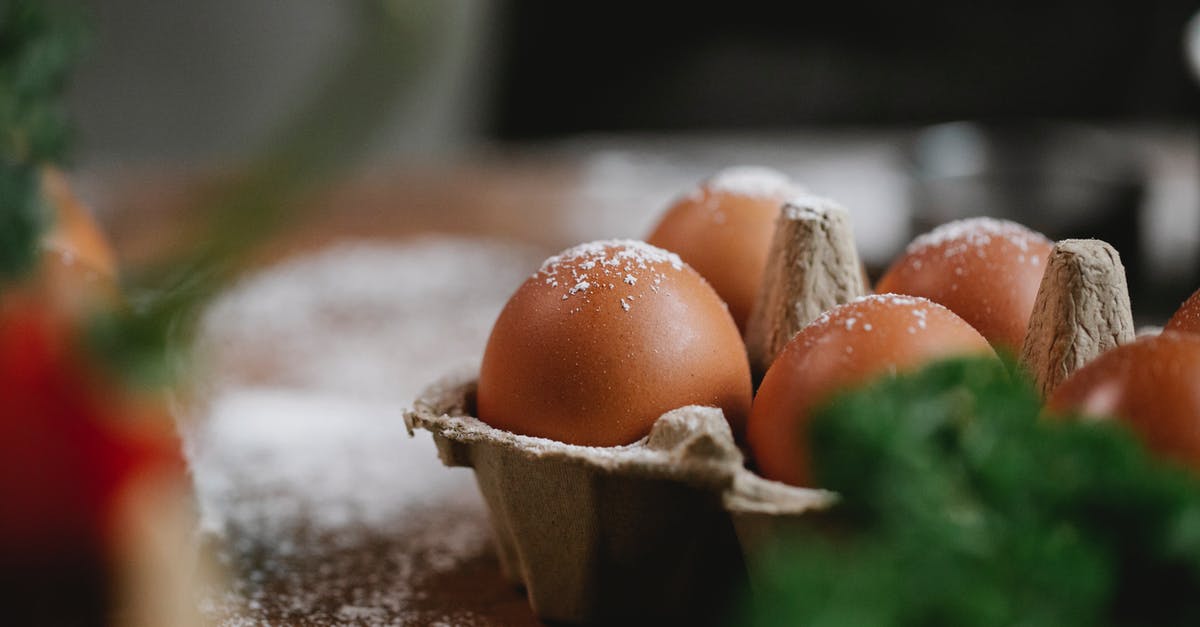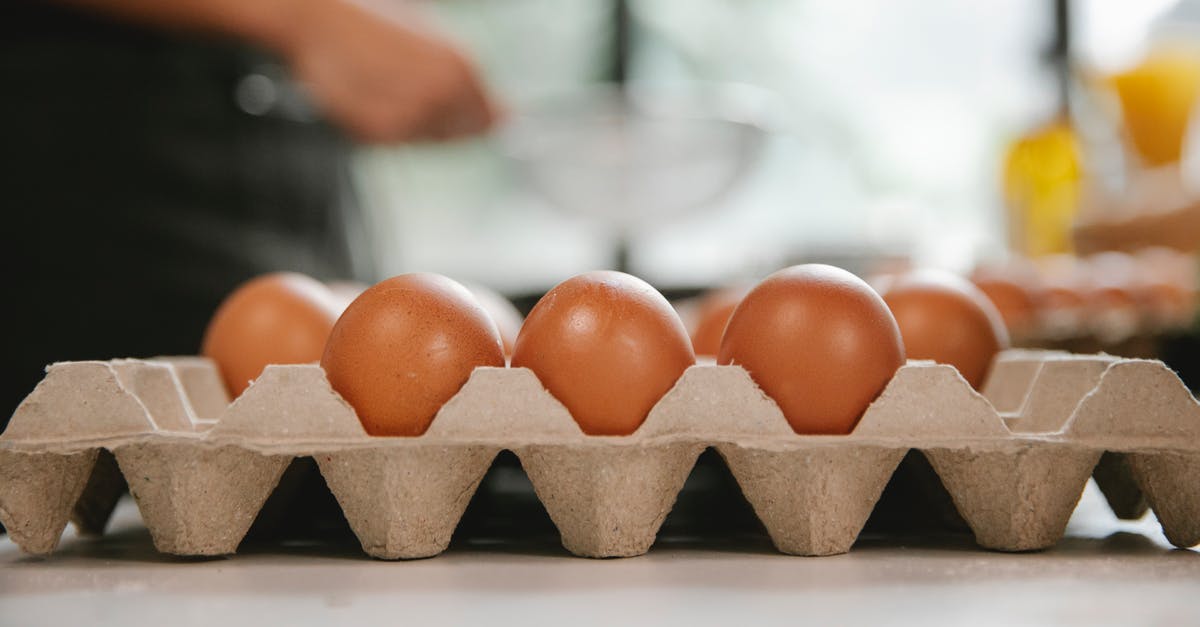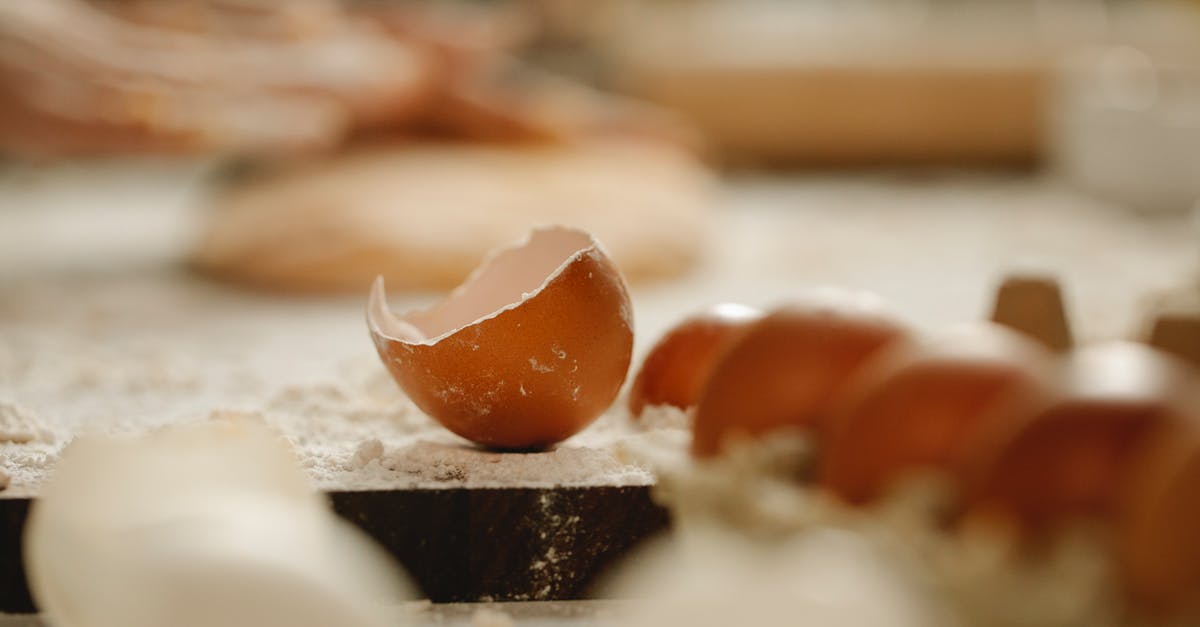How to find out flour protein content?

I went out to buy flour for making regular western bread (perhaps sourdough if I can make the starter) and the only flour I could find was a 5kg Chakki Atta (medium) from a generic brand in my local supermarket. The package has no extra information about the contents.
That got me thinking: how do i find out what's the protein percentage in a particular flour without resorting to the package label? For sure there must be a scientific way, but how can I do it at home?
Best Answer
The lay person's procedure is: Take your flour and weigh a sample, then wash away the starch and weigh the sample.
Here is a video showing a procedure that you can do at home. I would suggest doing this procedure with a control sample (a flour where you know the protein content to determine your accuracy) before doing with your target sample.
https://www.youtube.com/watch?v=i6oQNo4gpeE
Here is a more scientific approach:
The amount of protein in a food material is usually determined by measuring the nitrogen content of the material and multiplying that value by a factor. The nitrogen content of a given protein varies depending on its source. For milk products a factor of 6.38 is used, for most cereal grains the factor is 6.25, and in wheat products the factor is 5.70. These factors depend on the percentage of nitrogen in the respective proteins.
The flour protein content is an important parameter for bread flour. Flours containing higher protein contents are more expensive than flours of lower protein content. Likewise, flours with very low proteins for cakes are also more expensive. There is usually, but not always, a good correlation between protein content and bakery performance of a flour.
The classic procedure to determine the nitrogen was the Kjeldahl procedure. This involved digesting the sample in concentrated sulfuric acid, then neutralizing the acid with concentrated sodium hydroxide, followed by distillation of the ammonia (derived from the nitrogen in the protein) into a standard acid. The procedure worked well, however it was an environmental nightmare. In addition to the strong acid and base, the catalysts used to speed the digestion included such materials as mercury and selenium. It should surprise no one that the procedure is seldom used today.
The Kjeldahl procedure has been replaced by the Dumas combustion procedure. In the original Dumas procedure the sample is mixed with cupric oxide and heated in a stream of carbon dioxide in a combustion tube packed with cupric oxide and copper metal. The organic material is converted to carbon dioxide, water and nitrogen. The gas stream is led into 50% potassium hydroxide. This absorbs the carbon dioxide and any oxides of sulfur, leaving only nitrogen as a gas. The volume of nitrogen is then determined. Various machines have been developed to carry out the analysis automatically. The percent nitrogen is then converted to protein using the appropriate factor. Both the Dumas combustion and the Kjeldahl procedures estimate the quantity (total amount) of protein and not the protein quality. As discussed elsewhere, the quantity of protein is extremely important in the baking performance of a flour.
source: https://www.ndsu.edu/faculty/simsek/wheat/flour.html
Pictures about "How to find out flour protein content?"



How do I know how much protein is in my flour?
To determine the exact protein content of flour, look at the nutritional information on the package. For example, if the nutritional information displays 12 grams of protein per 100 grams of flour, the protein content is 12%.What types of flour has 12 to 14% protein?
Bread Flour: With a protein content of 12 to 14 percent, bread flour is the strongest of all flours, providing the most structural support.Which flour has highest protein content?
Which Flour Is Highest In Protein? Typically, wheat flour is known to contain high amounts of protein. It contains about 15 grams of protein per 100 grams. Other flours that are high in protein are soy flour, garbanzo bean flour, coconut flour, almond flour, quinoa flour, buckwheat flour, gram flour, and so on.What is the percentage of protein in flour?
All-Purpose Flour: 11.7% protein.How Flour Protein Content Affects Bread Dough
More answers regarding how to find out flour protein content?
Answer 2
Although you don't get a definitive, scientific answer this way I often compare brands when answering this type of question, looking at average and variation between them. If there is a great deal of variation the reliability of the average goes down.
I looked at several brands of Chakki Atta online and they all had 12% protein, there was zero variation, so it is likely that your flour has somewhere around 12% protein as well.
Sources: Stack Exchange - This article follows the attribution requirements of Stack Exchange and is licensed under CC BY-SA 3.0.
Images: Klaus Nielsen, Klaus Nielsen, Klaus Nielsen, Klaus Nielsen
